

SCIENCE
Trump vs. Tech: How Immigration Battles Could Break Their Delicate Alliance!
Published
1 month agoon
By
OBS
A clash over an obscure immigration policy has been brewing for months within Trumpworld, one that could threaten the Republican administration’s unlikely alliance with Big Tech.
The H-1B visa process has always been divisive, but the debate over the renewable 3-year specialist visa, popular in the tech world, has taken on a new intensity. Prominent tech leaders in the Trump coalition have squared off against an explicitly xenophobic MAGA wing that opposes H-1B on economic and identity grounds, given that the majority of H-1Bs go to Indian people.
On September 19, Trump signed a proclamation imposing a $100,000 fee on H-1B visa applicants. He also signed an executive order creating a long-promised Gold Card for foreigners to pay $1 million for U.S. residency.
Roughly 60 percent of the hundreds of thousands of H-1B visas in use each year go to computer-related jobs, and companies that have sought to align with Trump, like Palantir, Oracle, and Tesla, have all used the program.
Amazon, which donated $1 million to the Trump inaugural fund and does billions of dollars of business with the government, was the single largest sponsor of H-1Bs in 2025, according to a Newsweek analysis.
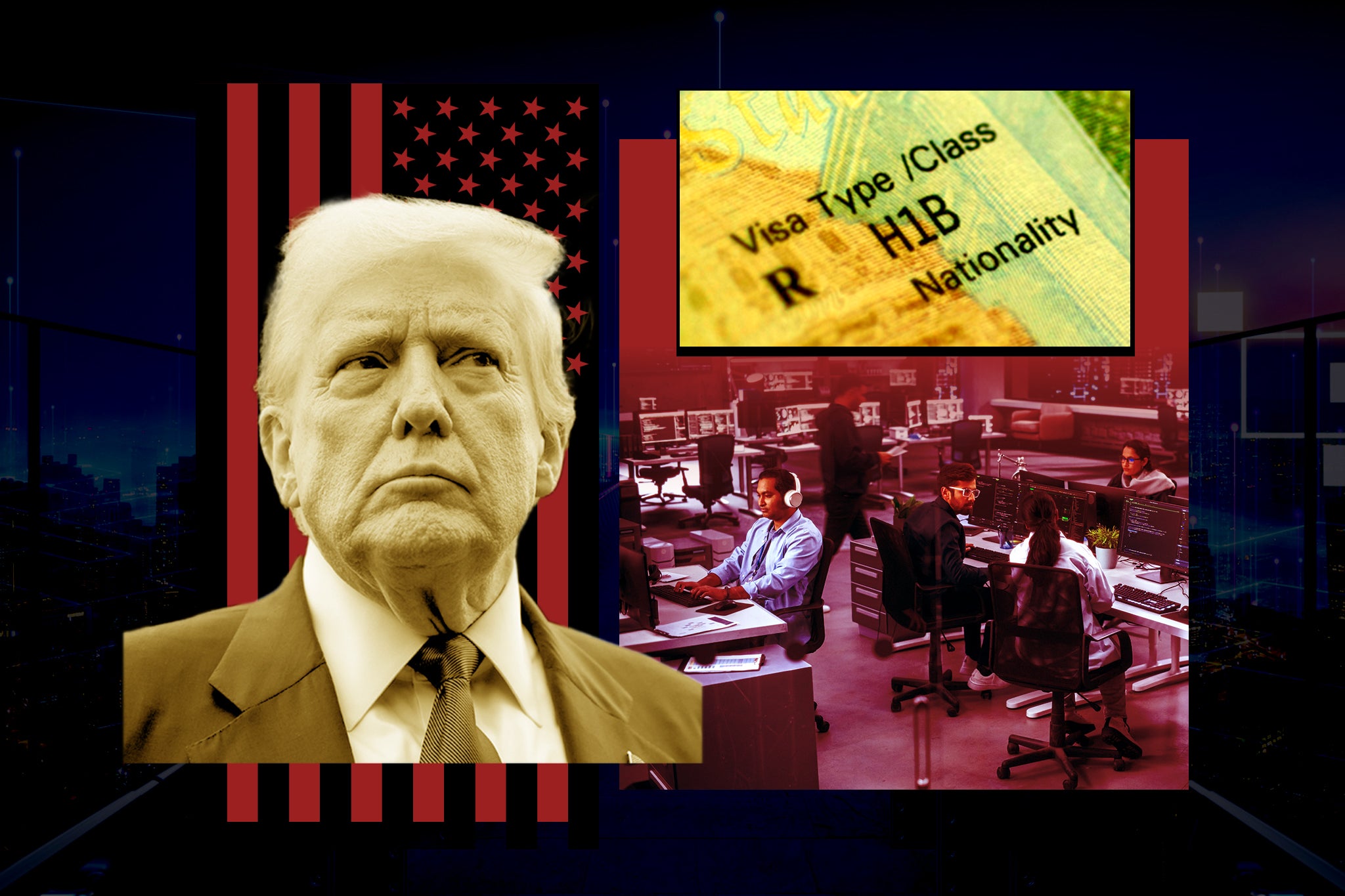
The fight has been brewing since December, when tech industry Trump backers and future DOGE leaders Elon Musk and Vivek Ramaswamy argued such programs were “essential” because many Americans were not smart enough to do the job and that American culture “venerated mediocrity.”
“The reason I’m in America along with so many critical people who built SpaceX, Tesla and hundreds of other companies that made America strong is because of H1B,” Musk wrote on X, adding, “I will go to war on this issue the likes of which you cannot possibly comprehend.”
The comments set off a brief but fiery MAGA civil war, with far-right figures like Laura Loomer, now an influential outside advisor to the Trump administration, sharply criticizing the program while also demeaning people from India more broadly as “third-world invaders. Online trolls, meanwhile, harassed Trump’s Indian-born AI advisor Sriram Krishnan. The same day President Trump took office, the White House announced that Ramaswamy, the child of Indian immigrants, would exit from DOGE.
This summer, the administration’s criticism of H-1B visas — along with accompanying right-wing invective online against Indians — roared back, with Commerce Secretary Howard Lutnick decrying the program as a “scam” in August, and Vice President JD Vance hammering tech companies for the “bullsh**” story that they can’t find enough American workers.
The Department of Homeland Security is widely thought to be planning on introducing a rule sometime this year that would tilt the H-1B process, which currently operates as a lottery issuing 85,000 new visas per year, towards the highest-paying jobs first.
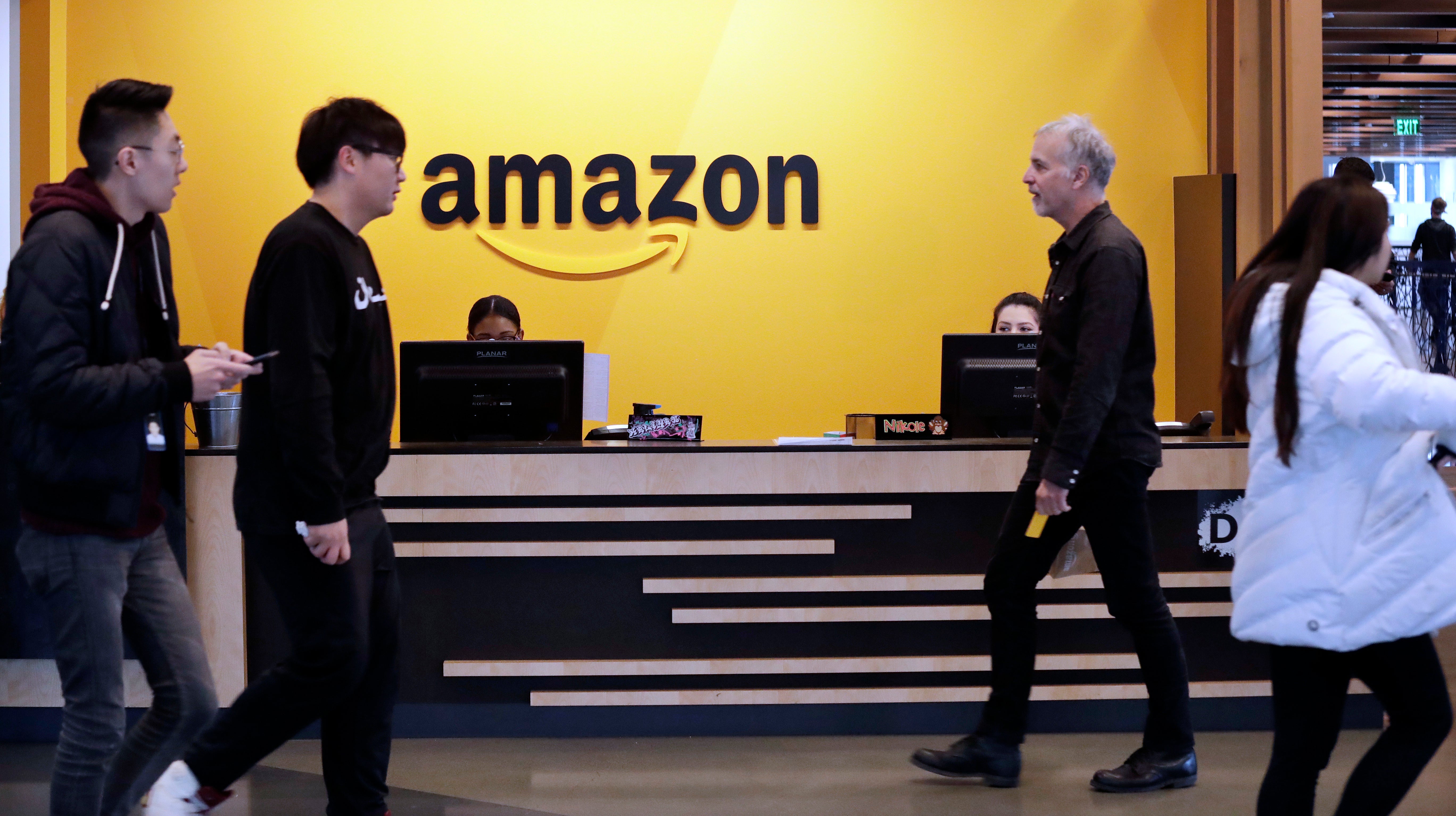
The scorched-earth political debate around the H-1B program in the tech world has long obscured the visa’s original intentions, according to former Democratic Rep. Bruce Morrison of Connecticut, who led the passage of the 1990 law that ushered it in. The legislation came on the heels of the Reagan administration tightening penalties for illegal hiring and giving legal status to millions who had previously arrived in the country illegally. This was all meant to encourage employers to seek foreign workers through long-term, legal means like green cards.
Instead, Morrison told The Independent, large-scale immigration reforms in Congress stalled and tech companies have come to rely heavily on H-1Bs, while backlogs in green card approvals span from decades to centuries for large nations like India.
“They have intentionally done this with full knowledge of what they’re doing,” Morrison said of the tech sector.
“That tells you they see something there that’s beneficial to them, and I think the something is lower costs and greater control,” he added.
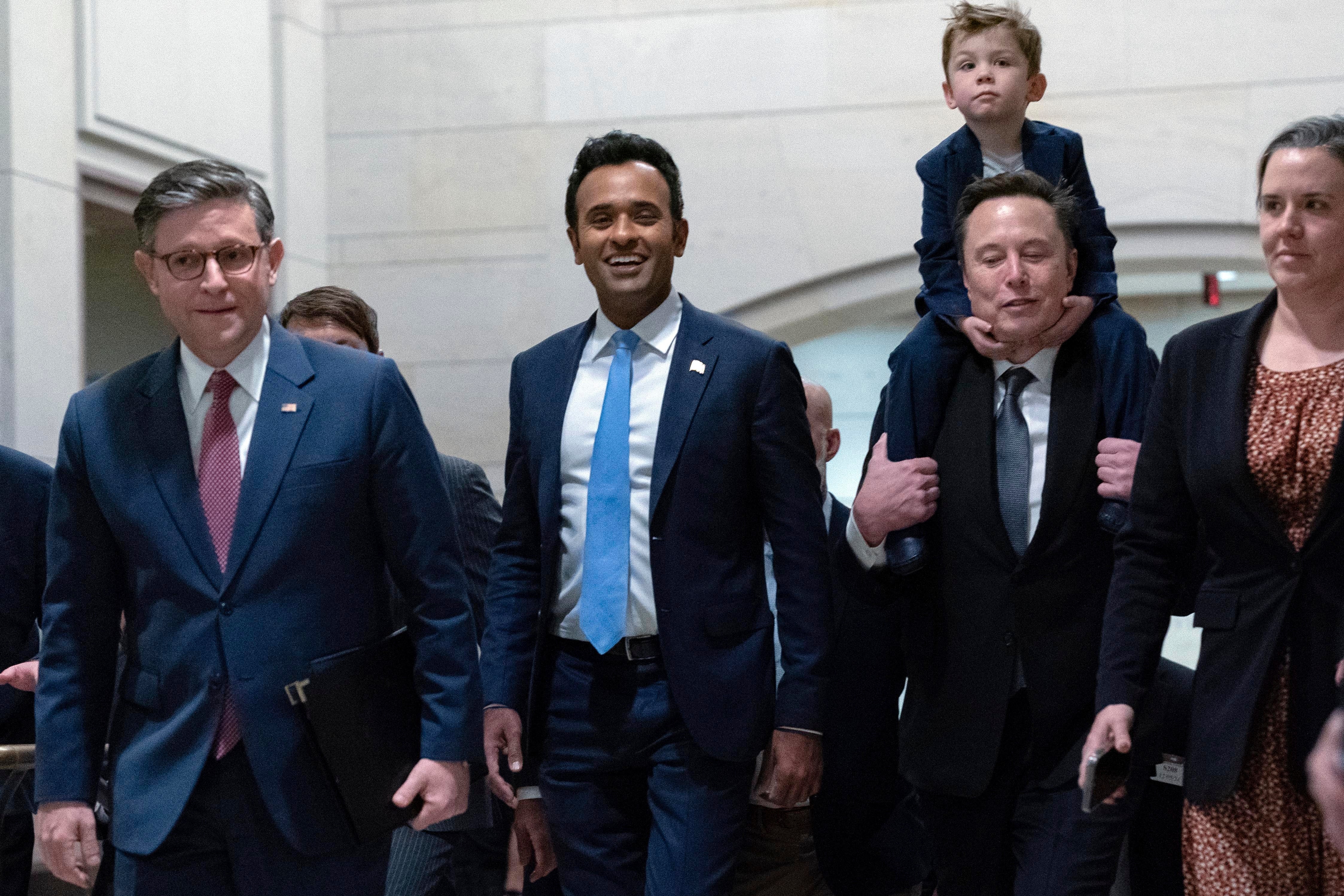
Studies suggest H-1B holders, who lack any real leverage with their employers, are paid averages of between 10 and 20 percent less, despite ostensible requirements they be paid at levels approximating their domestic competition.
Further complicating the debate is that leading tech figures, and the president himself, often offer dubious or shifting rationales about H-1Bs.
During his first run for president, Trump vowed to “end forever” the widespread use of the program, and his first administration sought to tighten the program and stepped up H-1B rejection rates.
By the 2024 election, however, Trump completely reversed, telling the tech-focused All-In podcast that summer he would deliver on industry pleas for more H-1B visas to secure top talent. The Republican went even further, suggesting all foreign college students get a green card upon graduation because “you need brilliant people,” though he later backed off the proposal.
As the Musk-Ramaswamy comments generated controversy online later that winter, Trump explicitly praised H-1Bs, calling himself a “believer” who used the “great” program “many times.”
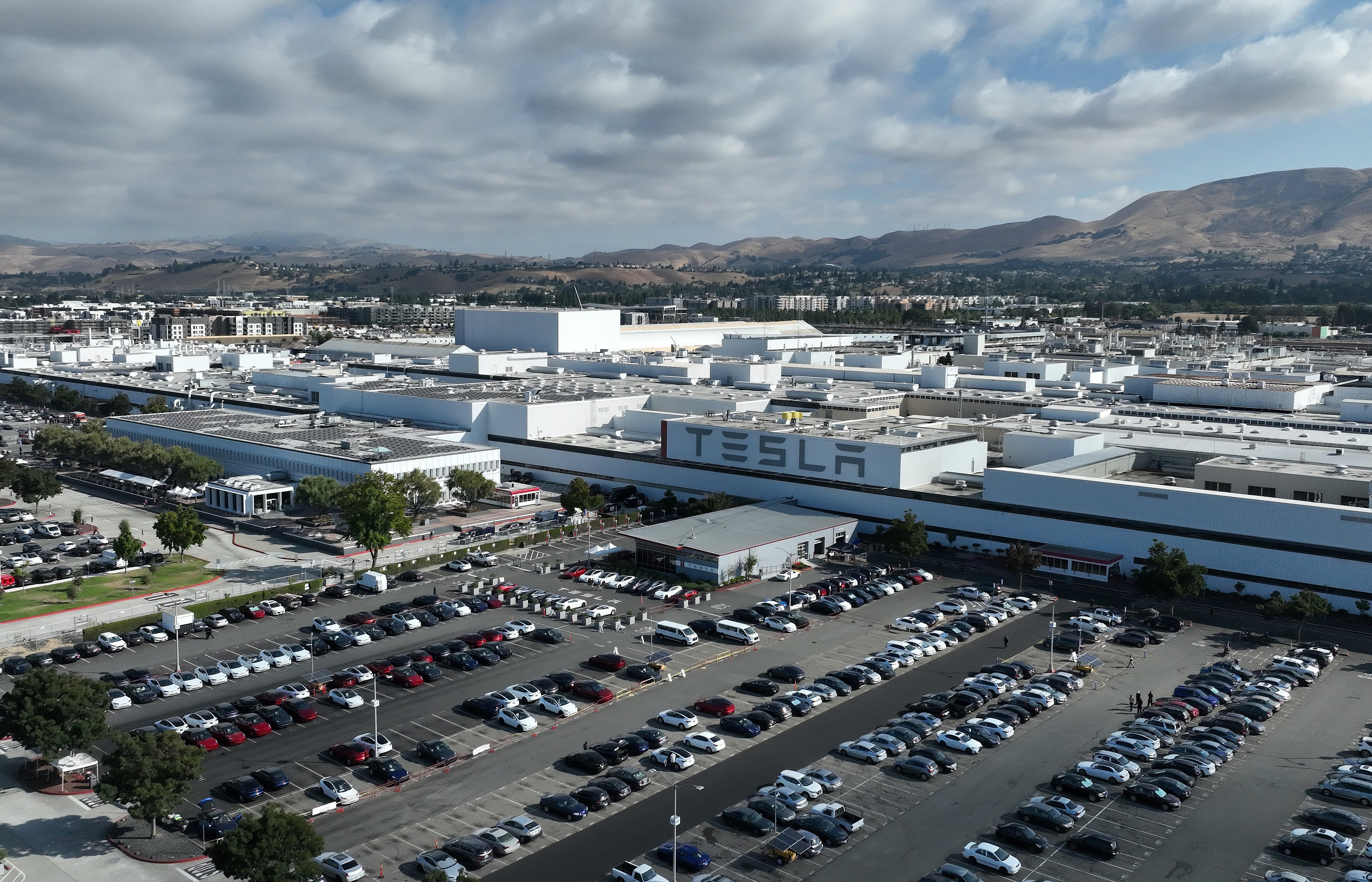
Tech figures like Musk and the hosts of All-In, meanwhile, frequently describe the H-1B program as a way to recruit the best of the best — during the December blow-up, Musk compared foreign hiring to assembling an all-star U.S. NBA team with a few top foreign players — though that’s not quite the case. The H-1B program uses a lottery system and only requires that applicants have a bachelor’s degree to apply. There’s an entirely separate immigration category for true international stars of their respective fields.
The H-1B program has always been a controversial one, but what’s new now is the identity-focused dimension of opposition to it, according to Professor Gabrielle Clark, a political scientist at California State University, Los Angeles.
“Opposition to the H-1B program, in its current form, did not originate with the nativism and xenophobia on the right,” she told The Independent in an email. “In fact, American labor groups such as the AFL-CIO have historically been the main political actor asking for more protections for American workers from H-1Bs. The current anti-immigrant climate, however, has brought more attention to the program and heightened racialized opposition.”
At the ground level, tech workers who have themselves used H-1Bs have a complicated set of opinions.
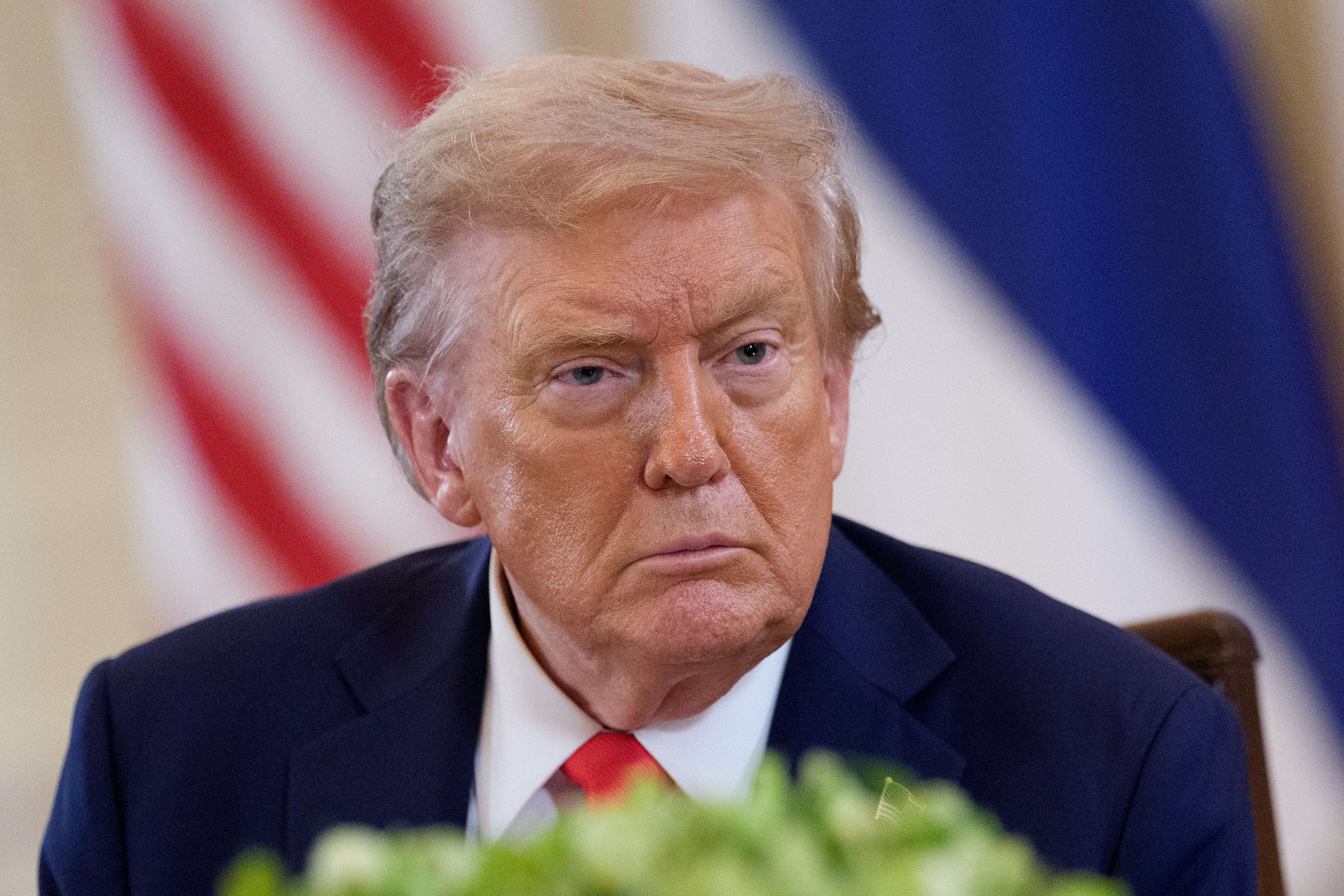
One Indian-born worker, who asked to remain anonymous to speak freely, described being both a success story and a cautionary tale of H-1B.
Despite spending over a decade working on high-level tech projects at major U.S. financial institutions, he’s watched as he’s been paid less, and he has been stuck waiting to receive a green card that was approved in 2017.
“It’s like purgatory,” he said, adding, “I’m all for immigration reform. I’ve been part of the system since 2009 now. There’s been zero change, zero improvement.”
He said the image of Indian workers taking all the best jobs is not an accurate one, though he admits he does know individuals who are part of the transnational Indian tech consultancies who recruit some three-quarters of H-1B workers, providing scores of lower-skilled H-1Bs to less prestigious companies.
Others have warned that major cuts to H-1B, or changes to favor blue-chip tech jobs, could harm smaller companies, school districts seeking specialists like language instructors, and businesses looking to hire lower-level recent grads.
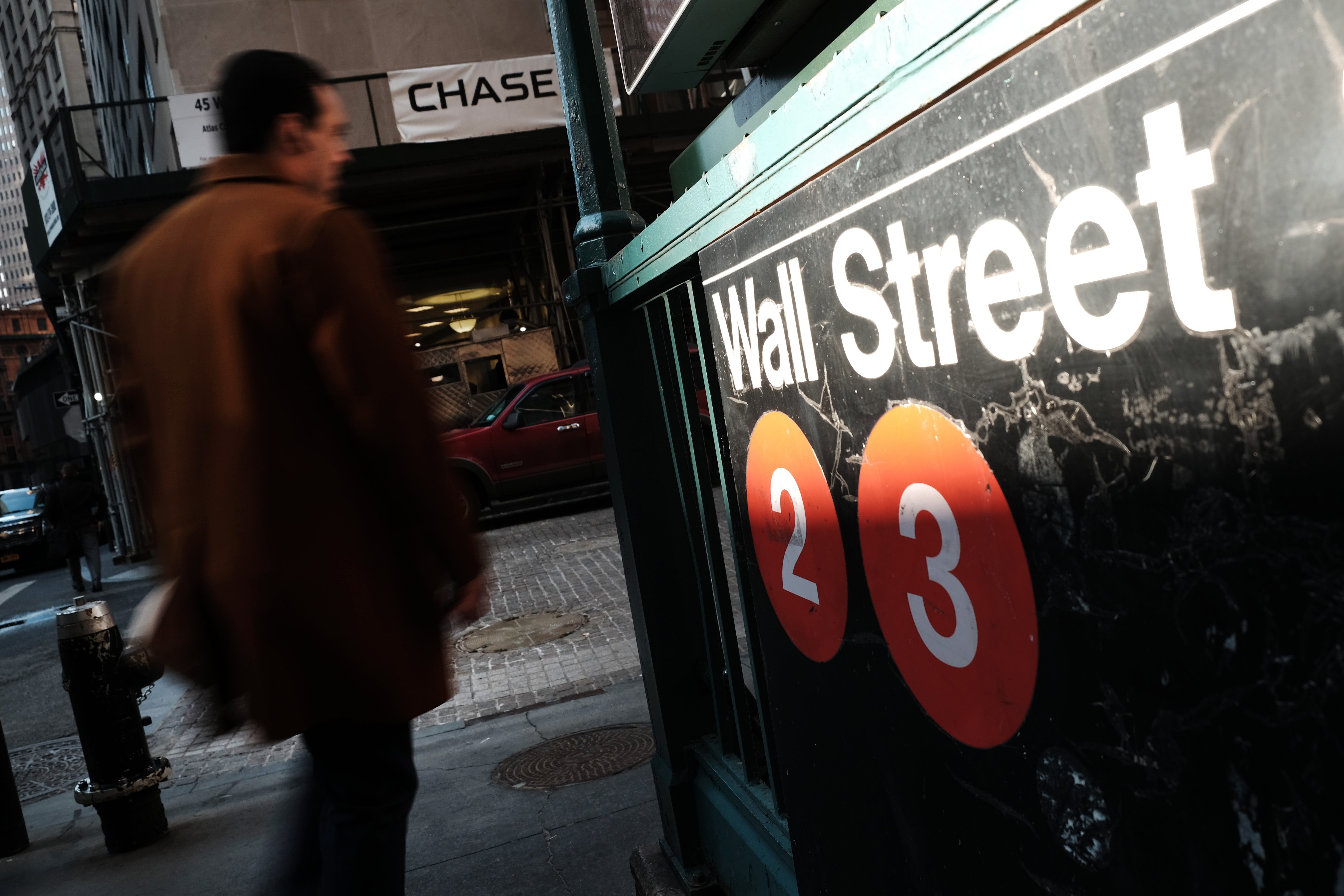
“Although the H-1B program is not perfect, it benefits the U.S. because it helps create an open and inclusive economy by attracting foreign talent and bright foreign students, often who were educated in the U.S.,” California-based immigration attorney Curtis Morrison told The Independent.
Axing the program entirely would “create a lose-lose situation,” Morrison added.
Bruce Morrison, the former congressman from Connecticut, said he hopes the discourse around temporary workers can move beyond a narrow focus on H-1B to reform deeper issues like the overall immigration system and the training and education of future U.S. workers.
“We’ve brought out the worst fears and concerns of the public, rather than play to their actual support of immigration in certain forms with certain constraints,” he said. “Now we have a disaster on our hands.”
Rather than reframe the debate, the Trump administration has largely gone on the attack.
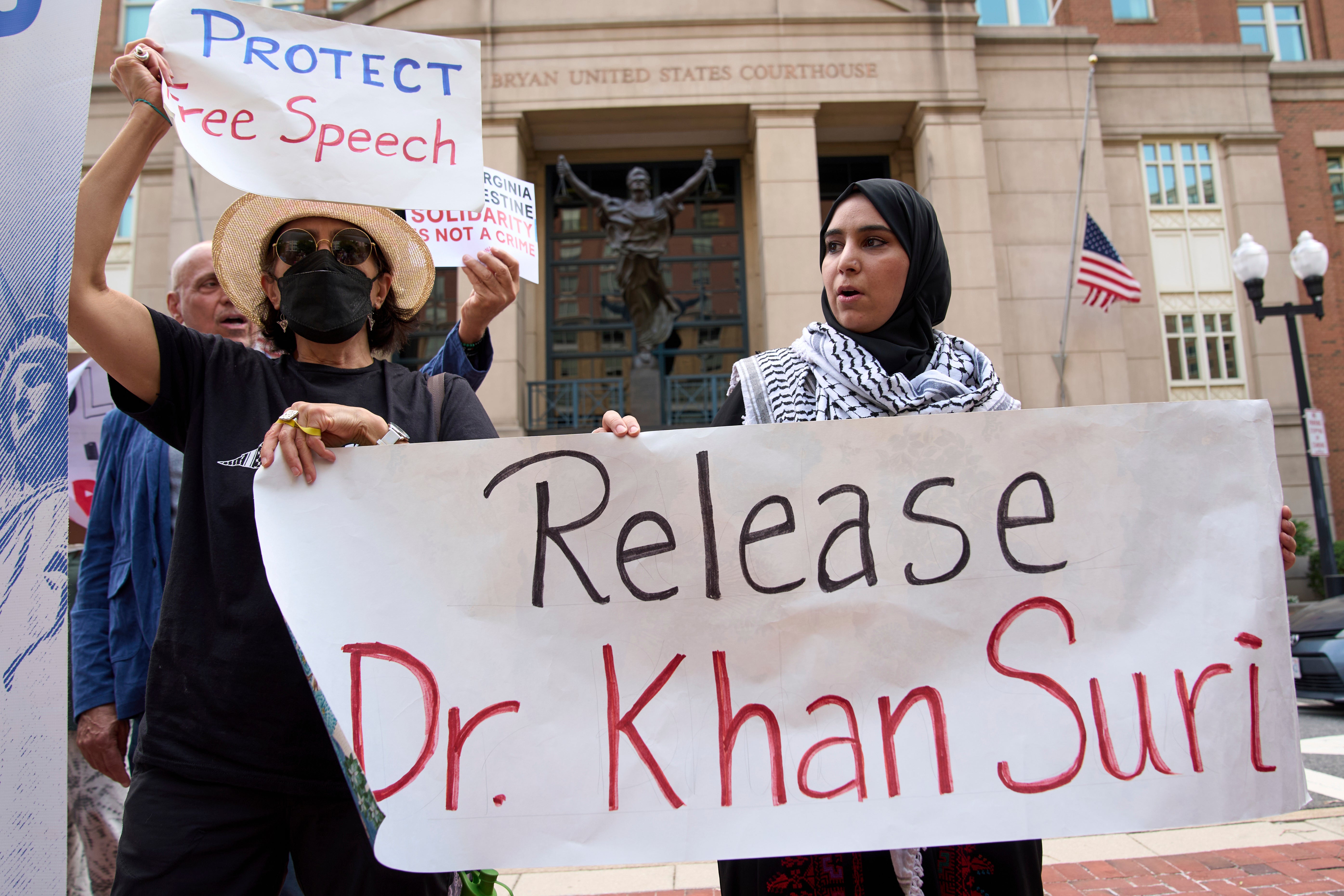
White House Deputy Chief of Staff Stephen Miller last month accused India of “cheating on immigration policy,” the same month the administration put a 50 percent tariff on the U.S. trading partner.
Domestically, the administration has revoked thousands of foreign student visas, punished and arrested Indian nationals on campus for their views on Palestine, and cut billions from the top universities.
The former H-1B worker said in the face of the current political and economic climate, he’s already seeing companies outsource tech labor to other countries, a trend that accelerated in the wake of the pandemic’s remote work evolution.
He argued the continued stasis on immigration reform, as well as the continued demonization of Indian people, will harm the U.S. overall. He pointed to the example of the chief executives of both Alphabet and Microsoft being born in India, and wondered if the next such leader would start their career or company in another country instead.
“These people, and folks like me, I’m proud of the work which I have done,” he said. “There’s a lot of pride in working in a career that is making the overall economy stronger.”
However, as he awaits permanent residency after nearly two decades in America, he’s been considering an option that once would’ve been inconceivable. He’s now looking at open positions in India, where his skills are in demand.
You may like
-


Latest Ukraine-Russia War Update: Trump Official Says Putin Will Pay the Price if Fighting Continues!
-


Trump Claims Infantino Would Instantly Shift World Cup Matches at His Request – Find Out Why!
-


Trump Approves Secret CIA Missions in Venezuela as Military Considers Land Strikes!
-


Israel’s Knesset Names Trump as Middle East Peacemaker – But Here’s Why It’s Complicated!
-


Shocking Threat: Why Trump Might Pull World Cup Matches from Boston!
-


Charlie Kirk’s Connection to Trump: How the Medal of Freedom Speech Revealed It All!
SCIENCE
Thousands of Civil Servant Passwords Exposed: Experts Warn of Major Security Threat!
Published
2 weeks agoon
October 16, 2025By
OBS
More than 3,000 passwords belonging to civil servants have been exposed online since the beginning of 2024, according to new research, as experts warn it could pose a “serious risk” to national security.
A report by NordPass, using the threat exposure management platform NordStellar, found 3,014 passwords belonging to British civil servants have been leaked in the deep web – which encompasses parts of the internet that are not typically indexed by search engines– and the dark web, a small, encrypted part of the deep web that requires specific software to access and is often associated with cybercrime.
Four local authorities were named in the report as having passwords exposed online: Aberdeen City Council had 538 in total, while Lancashire County Council had 38, Newham Council had 73 and Southwark Council had 42 leaked on the dark and deep web.
It comes after The Independent revealed that hundreds of passwords and email addresses linked to UK government institutions were posted on the dark web in the last year, highlighting a major threat to UK cyber and national security. Among the most affected government departments are the Ministry of Justice with 195 exposed passwords, the Ministry of Defence (111), and Department of Work and Pensions (122).
A cyber security expert warned that the exposed sensitive data of civil servants was particularly dangerous as it could pose serious risks to the UK’s strategic interests.
Karolis Arbačiauskas, head of product at NordPass, said: “Exposure of sensitive data, including passwords, of civil servants is particularly dangerous. Compromised passwords can affect not only organisations and their employees but also large numbers of citizens. Moreover, such incidents may also pose serious risks to a country’s strategic interests.”
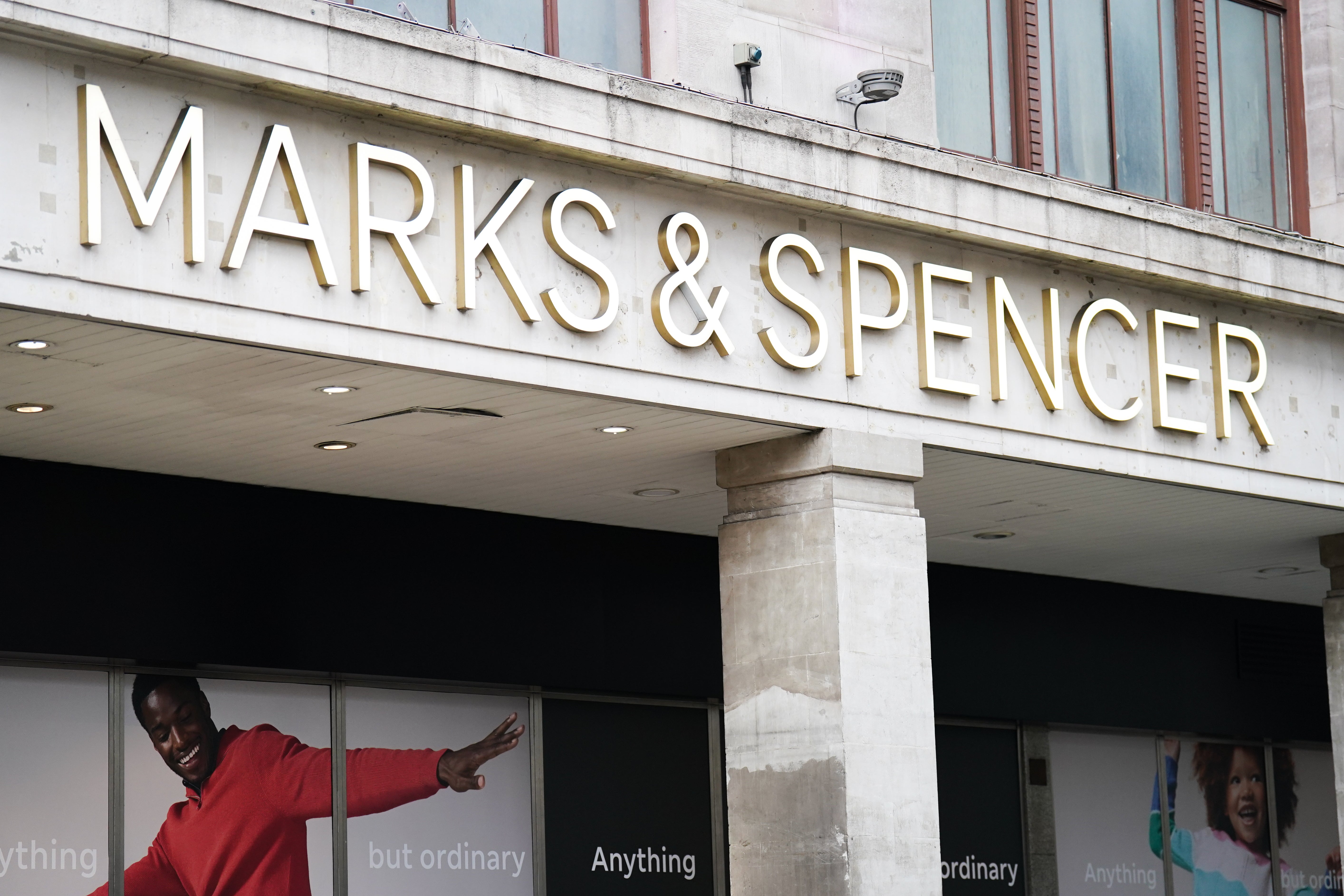
The report added that while the “vast majority of passwords exposed were those of employees working in regional level institutions,” the number of leaked passwords did not necessarily reflect the strength of an organisation’s internal security.
“These figures are often influenced by external factors,” said Mr Arbačiauskas. “Larger organisations, with more employees, naturally have a bigger digital footprint, which statistically increases the likelihood of credentials being exposed in a breach. In many cases, a single malware infection on an employee’s personal device or the compromise of a popular third-party website can expose dozens of accounts. Furthermore, the majority of leaks originate from external sites where employees registered using their work email addresses.”
He encouraged the practice of setting up an organisation-wide password policy, never reusing passwords, and using multi-factor authentication.
“If these passwords were not changed after their appearance on the dark web and multi-factor authentication (MFA) is not enabled, attackers could potentially access the email accounts and other sensitive information of these civil servants,” he said. “Moreover, we found hundreds of thousands of email addresses with other exposed data like names, last names, phone numbers, autofills, and cookies. This data can be exploited for phishing attacks and pose significant risks.”
It comes as the National Cyber Security Centre (NCSC) said on Tuesday that a “significant threat” posed by Chinese and Russian hackers had contributed to a record number of serious online attacks. A number of UK businesses, such as M&S, Jaguar Land Rover and Co-op have been hit by cyber attacks this year, crippling their operations and costing the firms billions.
In the year to the end of August, NCSC provided support in 429 cases, of which 204 were deemed “nationally significant incidents” – an increase from 89 in the previous 12 months. Of those, 18 were categorised as “highly significant”, meaning they had a serious impact on government, essential services, the economy or a large proportion of the UK population.
A spokesperson for Newham Council said: “It is an unfortunate reality that organisations like Newham Council will always be a target for criminals. Newham Council takes cybersecurity extremely seriously and have a number of robust measures in place to reduce risk. We regularly provide training and guidance to our staff making them aware of the risks and effective technical controls to reduce specific cyber risks. We do not comment on specific details of our cyber security controls and policies.”
An Aberdeen City Council spokesperson said: “Aberdeen City Council regularly reviews lists of compromised credentials via the National Cyber Security Centre and other official sources. These email/ password combinations are typically used to sign up on external sites or services rather than being compromised from the council’s tenant. Regardless of this all impacted account holders are contacted, and their passwords are reset as a matter of course.”
The Independent has approached Lancashire County Council, and Southwark Council for comment.
SCIENCE
AI Robotics Company Secures Funding Boost Thanks to Scottish National Investment Bank!
Published
2 weeks agoon
October 15, 2025By
OBS
An AI robotics company has raised more than £8 million, including funding from the Scottish National Investment Bank, to develop innovative technology.
Launchpad announced it has successfully concluded a Series A funding round, raising a total of 11 million US dollars, the equivalent of £8.2 million.
Launchpad is combining AI and advanced robotics to support critical automation strategies.
Its aim is for its technology to help companies build products faster, smarter, and more affordably.
The round was co-led by Lavrock Ventures and Squadra Ventures with participation from financial investors including the Scottish National Investment Bank, Ericsson Ventures, Lockheed Martin Ventures and Cox Exponential.
This is in addition to the 2.5 million dollars in grant funding previously awarded to Launchpad by Scottish Enterprise.
Last year, it opened a new research and development (R&D) centre in Edinburgh, choosing the city for its access to a skilled workforce and connections to university AI research and expertise.
Adrian Gillespie, chief executive of Scottish Enterprise, said: “With its R&D centre in Edinburgh, Launchpad is able to draw on Scotland’s long-standing academic, technical and entrepreneurial strengths.
“The company has quickly become an influential part of the Scottish innovation community, and we look forward to supporting its next growth phase.”
Anthony Kelly, investment director at the Scottish National Investment Bank, said: “Launchpad is fast becoming a leader in robotics, with its new R&D centre reinforcing Scotland’s reputation for innovation.
“We’re backing a high-calibre team whose cost-efficient solution shows strong potential to scale across multiple industries.”
SCIENCE
Discover How the New Apple Watch Measures Your Heart Rate with Amazing Accuracy!
Published
2 weeks agoon
October 15, 2025By
OBS
When the latest Apple Watch models were unveiled last month, the announcement of longer battery life, a bigger display and satellite connectivity for Apple Watch Ultra 3 were eye-catching. But it was a new health feature that was the real draw: notifications for hypertension, that is, high blood pressure.
Apple has placed health and the heart at the forefront for its Watch for years, with ECG readings and blood oxygen measurements among recent highlights.
Sumbul Desai, Apple’s vice president of health, spoke to The Independent soon after the announcement to explain the new feature and the thinking behind it.
“We’ve been wanting to work on hypertension for many years, to be candid. Hypertension affects more than a billion people worldwide, but less than half those cases are diagnosed. We wanted to raise awareness and to give people more power to avoid some complications that can happen down the line,” says Dr Desai.
But how to measure it? Conventional methods, where a clinician straps a cuff to your arm may not be the best.
“Often, when I used to see people in the clinic, they would come in,” Dr Desai explains, “and they’d be really nervous, so their blood pressure would be elevated, or they just ran from parking their car and, again, it’s elevated. But does that truly reflect what their blood pressure is as they live their everyday life?”
The new feature is not like heart rate, where you can initiate a reading instantly. Here, the feature works in the background by measuring blood pressure over a 30-day period. “We wanted to get a sense of your blood pressure as you’re just living your life,” Desai says.
At the end of that period, if it’s spotted what it thinks are high blood pressure readings, the Watch will notify you and encourage you to log your blood pressure.
Other wearables can measure your blood pressure, such as the Hilo band and Samsung smartwatches. They usually require calibration with a traditional cuff, but that’s not necessary here — again, Apple wants a simple process.
“We think about health as being holistic at Apple, and one of the keys to managing hypertension is exercise. I always say, if I could prescribe anything, it would be movement, because that’s key to so many conditions,” she adds.
While the heart rate monitoring on Apple Watch shows you beats per minute, there are no figures revealed for hypertension. Why is that?
“It was a few things, such as keeping it more simple and friendly. The way our algorithm works is that we did compare it to ground truth with a cuff, but we did it over a period of 30 days. Your blood pressure, one minute, can be higher, then you sit down, and it’s lower,” Desai explains. “So, we decided to not fixate on a number: because of so many variations we were having a lot of outliers. And so it was better to do an aggregate over 30-day periods. The way the algorithm works is it looks at a signal that is indicative of hypertension, but isn’t necessarily measuring the actual number but it correlates with the blood pressure number. We are not measuring systolic and diastolic directly in the traditional sense.
“What we’re measuring is how the blood is flowing and what the response of the blood flow is, to the beats of the heart, and that correlates with blood pressure, which is why we didn’t put an exact number in, for one reason. We wanted to start with how do we get the true sense of what your blood pressure is as you’re living your life without a fixation on the number? And so that was the reason we decided to approach it more from this vantage point given the technology we have.”
Though no number is shown, the algorithm knows what the range is. It compares your individual readings over 30 days and then resets. “We had people take their blood pressure at various points during the day, and that’s how we correlated the signal. We’re looking at the trace pattern of the signal, that correlated with elevated blood pressure,” Dr Desai says.
She also explains that the sensitivity of the analysis is on the low side – Desai says it will detect four out of ten cases – compared to specificity which is very high, about 92 per cent.
“The reason we did that is, for those that get a notification, we wanted to feel confident that they will have a positive result. We didn’t want to create a situation where, if the number was lower, say, we had false positives, and we wanted to make sure there was confidence in the algorithm when someone is using it. So, we made the trade-off of not being able to capture everyone, because if you look at the numbers of hypertension, it’s still significantly a large number. But those that actually get a notification, we feel very confidently it will yield a stage one or stage two diagnosis. If you get notified, you’re more than likely to have a condition.”
The 30-day system means it’ll assess your data for 30 days and if it sees nothing it will reset and start checking again over the next 30 days. “If you do receive a notification, it’s not that the process stops, we still keep checking in the background. I think it has a potential of shortening kind of the time frame that people get diagnosed with hypertension,” Dr Desai hopes.
The assessments take place multiple times a day, though not when you’re on a vigorous run, for instance, because your heart rate would naturally be elevated. There’s no set number of readings, but there’s a minimum across the 30 days for Apple to be confident in the data. Each reading takes just seconds.
The feature has a future, Desai thinks: “We do the appropriate validation testing to get the regulatory approval, because the regulators have to feel like we’re not providing anybody with inaccurate information. But I think this area is ripe to understand more. This is very novel system in the way it does it, and we think we will learn that there may be other signals that this may be also indicative of, but we started with hypertension. And I think that’s what’s so remarkable.”
Categories
Top Tags
Related posts






















